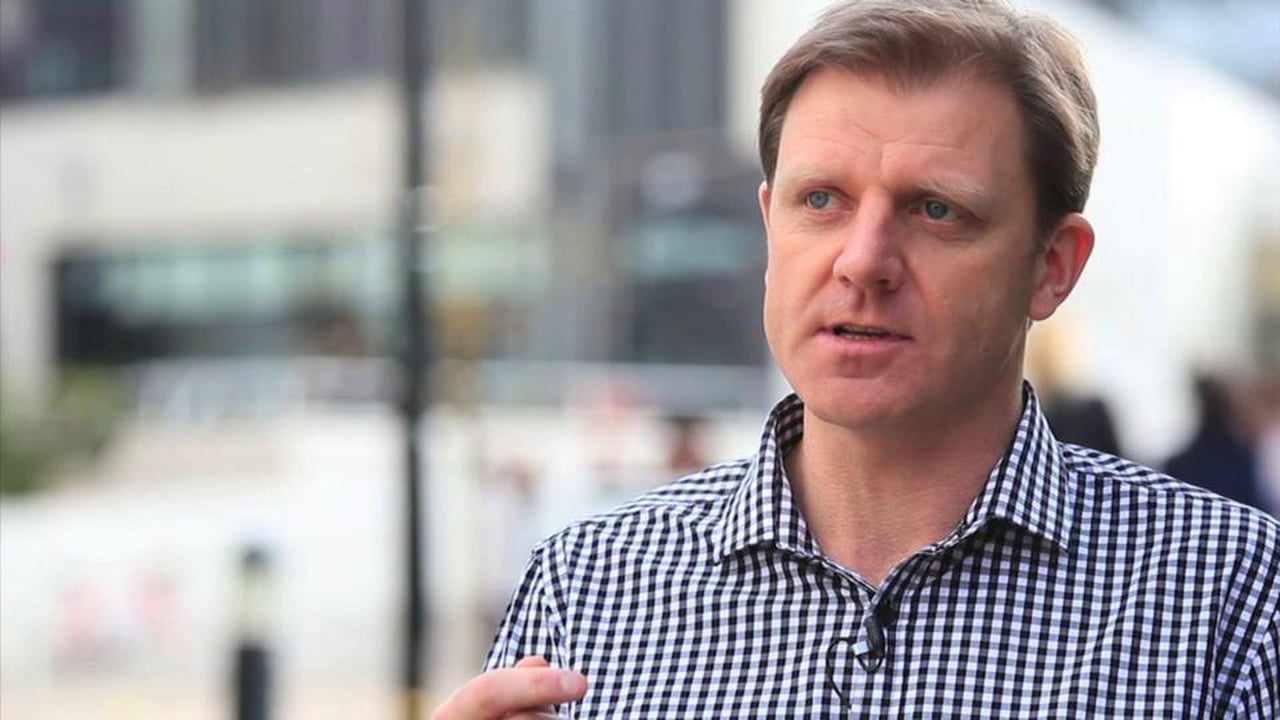
11/10/2018
Sustainability means shifting from human-centred to ‘humanity-centred’ design
By Chris Sherwin, Director, Reboot Innovation
Human-Centred Design (HCD) has come a long way in the last few years, rapidly becoming a mainstream business concept, with even the Harvard Business Review proclaiming it as new management philosophy to revolutionise innovation. Human-centred approaches – often generalised as design thinking – have permeated the top table of some of the world’s most successful companies like Apple, Nike, IBM, Google, Airbnb, and others.
Yet the rise of HCD is paralleled by an equally important business revolution, the need for more sustainable and responsible business. High-level concepts like Climate Change or international treaties have kept this quite abstract for many years, but the recent surge in media coverage and public outcry against plastic pollution has really brought sustainability home.
Many of today’s products and consumption patterns are looking increasingly unsustainable and designers have an important responsibility in all this. The fact that the design of all this wasteful stuff dictates 80% of its impacts, it’s right to ask whether the way we design today is fit for a sustainable future?
HCD meets sustainability
I’m convinced that Human-Centred Design – our dominant methodology today – just doesn’t cut it for sustainability. We must evolve this model from ‘human-centred’ to what I call ‘humanity-centred’ design, stretching beyond customers’ impacts alone to factor-in the wider impacts of design on society and the planet. There are several reasons why I make this bold assertion:
Firstly, in putting people front and centre of innovation, HCD has come to exclusively represent buyers or users alone. This fails to acknowledge other stakeholders in the value chain – like those affected by packaging waste, workers affected by exploitative practices in a supply chain, or a community harmed by manufacturing pollution.
Secondly, HCD majors on the purchasing and usability stages of product life, ignoring many other important stages like where a product comes from (sourcing), or where it goes (end-of-life) – all of which are crucial to sustainability.
Finally, insight-based HCD methods struggle to articulate or capture more abstract, less immediate sustainability needs. Client research often reports eco- and social issues ranked lower down customers’ priorities beyond convenience, usability, cost and others, being at best a secondary, support benefit. I’ve worked on projects where client research has shown no compelling customer insight or benefit even though there may be big planetary savings, and I’ve seen that this generally means sustainability is dropped from the brief as a result of being customer-insight-led.
First waves of Humanity-Centred Design
 The good news is that the first signs of a more humanity-centred approach to design are emerging that meet the needs of today’s and future generations. One-size will not fit-all, this shift will be multi-faceted and you can find the first waves rippling through.
The good news is that the first signs of a more humanity-centred approach to design are emerging that meet the needs of today’s and future generations. One-size will not fit-all, this shift will be multi-faceted and you can find the first waves rippling through.
Pioneering wave-makers are gaining first mover advantage and here are just a few examples of useful and inspiring tools, guides and programs to shape your thinking across three imperatives:
Sustainability in all design
On a very basic level, all designers and design projects should, at the very least, know the wider societal and planetary impacts of their decisions, simply as standard practice ‘good design’ in the 21st Century.
Tools like Makersite, OpenLCA and a multitude of others now allow designers to do this and a plus is that they have options that are free to access.
World-changing design
Beyond the base level, we need more design efforts to tackle big societal challenges. Netherlands-based What Design Can Do run an international platform promoting the wider impacts of design featuring a Clean Energy Challenge across five global cities to get young designers active on sustainability.
This builds on years of social innovation work where designers tackle real-world problems like healthcare, education, poverty, crime, etc, with great toolkits from the likes of Nesta that could be applied to planetary challenges.
The Unschool of Disruptive Design are doing important work training designers and creative change-makers in sustainability and systems thinking.
New design methods
There is a buzz around circular design and the IDEO and Ellen MacArthur Foundation Circular Design guide is the most iconic tool to date.
I’m fascinated by Biomimicry which takes inspiration from 3.8 billion years of Mother Nature’s efficient, elegant design, so if you face an intractable problem why not Ask Nature how to fix it.
Cradle-to-Cradle (C2C) is a design chemistry methodology with a rigorous assessment and scoring of sustainable products plus certification for those that do ‘more good, not less bad’.
Whilst this is all just a start, the common theme running through all of the above is for design taking responsibility for its wider impacts on society.
A new operating model for design
Mainstream design agencies are waking-up to this with formal sustainability positions or offers, from packaging design, through environmental design, to industrial design. You can find sustainability positions inside corporate design teams too: notably Philips Design, BMW, Beiersdorf, Nike, Levis, and others.
By committing to sustainability practices, developing expertise and championing humanity-centred design now, your business can stand-out and be ahead of the inevitable sustainability wave.
The sands of commerce and society are shifting and design must change too. The shift to Humanity-Centred Design will be evolutionary, more a design reboot than a substitution, so we can build on the foundations and momentum we have today.
Start by talking to clients, adding sustainability into briefs or turning your research budget, white space experiment or pet project to a Sustainable Development Goal – the time is right to design for sustainability. Our next big design revolution must be humanity-centred.

 The good news is that the first signs of a more humanity-centred approach to design are emerging that meet the needs of today’s and future generations. One-size will not fit-all, this shift will be multi-faceted and you can find the first waves rippling through.
The good news is that the first signs of a more humanity-centred approach to design are emerging that meet the needs of today’s and future generations. One-size will not fit-all, this shift will be multi-faceted and you can find the first waves rippling through.